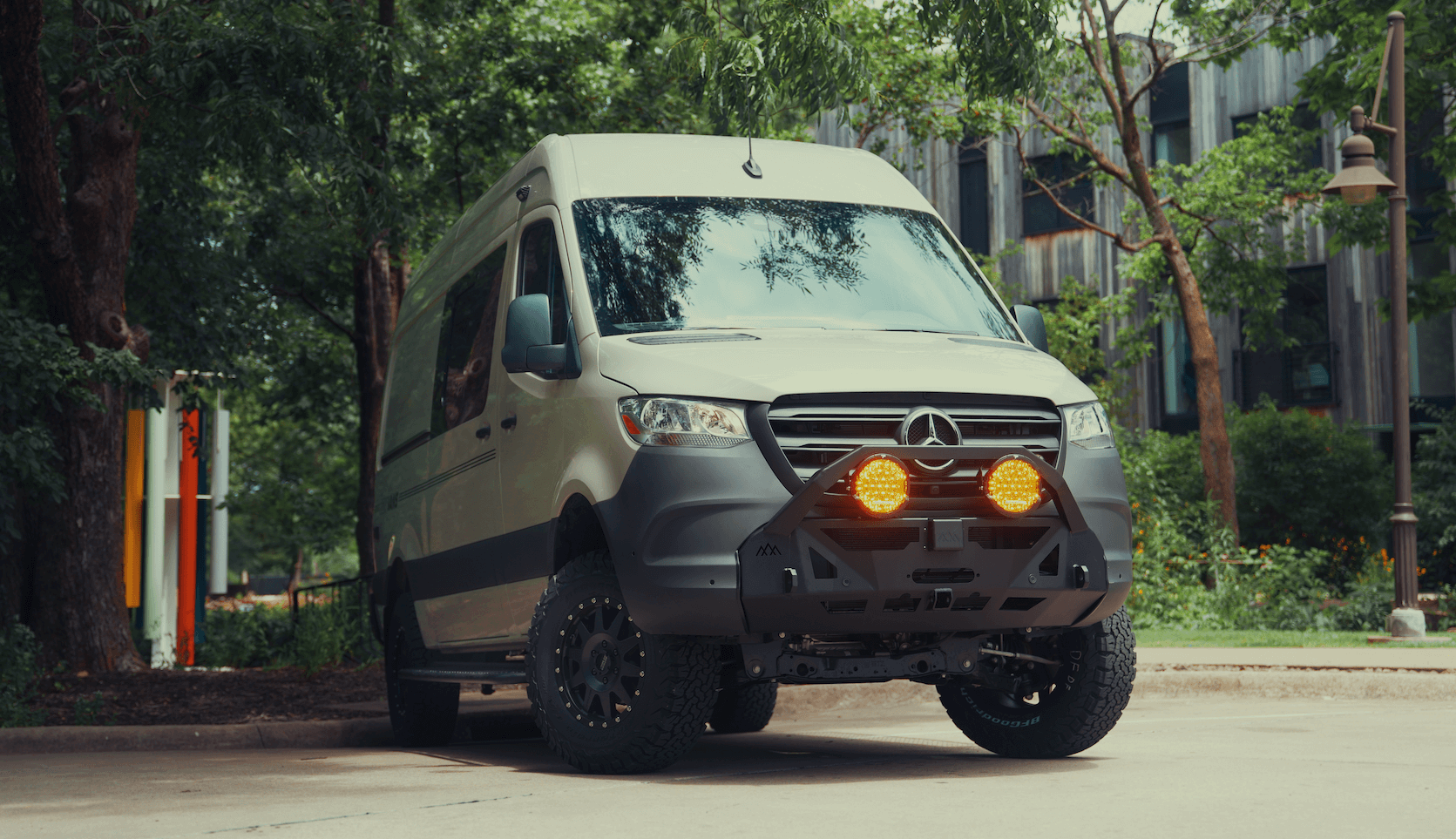Recreational Vans

Starlink operates in Ku band frequencies with a phased array terminal that steers beams toward satellites. The system is resilient, but it still faces two broad threats to signal quality. The first is physical obstruction that blocks the field of view, from tree canopies to roof gear that clips the horizon. The second is electromagnetic interference, where noisy electronics inject unwanted energy into power lines or radiate into sensitive components.
Common sources of electromagnetic interference include switched mode inverters, DC to DC converters, solar charge controllers, poorly filtered USB chargers, and high current harnesses near the antenna or power injector. Loose or corroded connectors create impedance mismatches that reflect energy and raise error rates. Water ingress in connectors and damaged cable jackets also degrade performance. In mobile environments, multipath reflections from roof racks or metal panels can cause fluctuating link quality, especially when the vehicle moves or wind shifts the cable run.
Start with placement. Give the dish a clean, wide view of the sky and keep it clear of roof accessories that edge into the horizon. Even a small lip from a rack or a solar panel frame can cause periodic dropouts when the satellite path intersects those edges. On vehicles, mount away from engines, alternators, and high current wiring to reduce radiated and conducted noise. Route the cable with gentle bends, avoid sharp edges, and keep it separate from inverter and charger cabling.
Power quality matters. Provide clean, stable power with a high quality supply or inverter that maintains low ripple under load. Use ferrite chokes on power leads near the power injector to suppress high frequency noise. Ground the system to a single, well bonded point to prevent ground loops that carry interference. Choose shielded connectors and keep all terminations snug and dry. For stationary sites, maintain separation from amateur radio transmitters, point to point links, and other high power RF sources.
Maintain the network layer as well. If you use a separate router, place it away from large metal masses and high current devices. Set WiFi channels to minimize local congestion, and update firmware to benefit from stability and performance improvements. Check the Starlink app obstruction tool to see how trees, chimneys, or roof lines affect the sky map and adjust placement accordingly. Seasonal foliage changes can alter the obstruction profile, so reevaluate as conditions shift.
Measure, do not guess. Use the Starlink app to check obstruction percentages, ping stability, and outage reasons. Run periodic speed and latency tests at different times of day to understand congestion patterns. If you see frequent drops correlated with wind or vehicle movement, inspect cable routes and roof items for flex points that intermittently obstruct the horizon.
Build a quick diagnostic checklist. Confirm clean power at the injector, verify tight and dry connectors, inspect for abrasion along the cable, and review the app’s obstruction map. If you use a third party router, test with the Starlink router enabled to isolate potential LAN issues. Keep firmware current. Document baseline performance so changes stand out.
If you rely on uptime for navigation, client calls, or livestreams, a purpose built install prevents chronic, hard to trace issues. Professional mounting, cable management, and power integration reduce interference at the source and simplify future service. It is especially valuable when integrating with complex vehicle power systems or when roof layouts are tight.
You now know the drivers of signal loss and how to keep the link quiet. For a working install in a moving rig, execution is everything. OZK Customs designs and installs Starlink systems that pair clean power delivery with smart antenna placement, sealed pass throughs, and noise suppression on the lines that matter. Our team routes cables away from switching gear, adds targeted ferrites, and bonds mounts correctly so the terminal sees a quiet electrical environment and a clear sky.
If your build also needs layout planning, we can integrate Starlink into full recreational platforms that balance roof real estate between solar, racks, and vents without compromising view of the horizon. Explore our Recreational vans to see how connectivity can be part of your travel ready configuration. For a ground up approach, our Custom build van process maps your power system, roof hardware, and communications from day one. If you are starting with a common platform that finances easily, review our Mainstream vans options to align the roof layout and wiring paths with reliable connectivity.
Your trips deserve steady signal without tinkering. OZK Customs will plan the mount, power path, and cable routes that keep Starlink quiet at speed and at camp. Share your route and workload and we will design an installation that feels invisible yet always on.
Ready for dependable Starlink on every trip? OZK Customs installs and integrates Starlink with clean power, noise suppression, and purpose built mounting. Tell us where you travel and how you work, and we will engineer a quiet signal path that holds steady when you need it most. Start your build plan now.
ADDRESS:
6159 E Huntsville Rd, Fayetteville, AR 72701
PHONE:
(479) 326-9200
EMAIL:
info@ozkvans.com